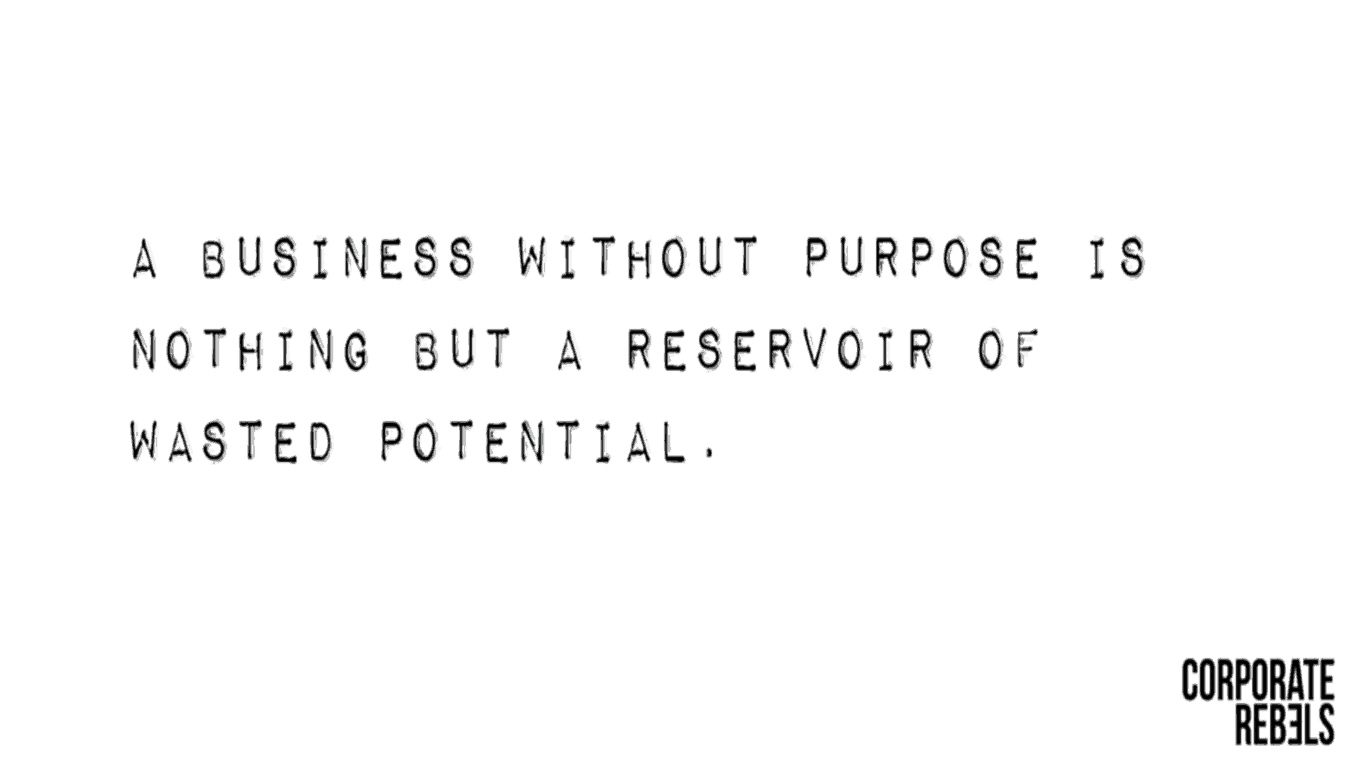
23 Aug The 8 Trends changing the Future of Work
Pim & Joost of The Corporate Rebels are on a mission to Make Work More Fun! And I had the good fortune of spending the day with them along with 50 other change makers in Sydney, discussing the future of workplaces and the change that is coming.
These two guys from Holland were disillusioned with the way that workplaces “worked” after the graduated from university, Pim as an Industrial Designer and Joost as a nano-scientist. Friends since the ripe old age of 12, they decided to go all in and uncover what it was that the worlds most progressive organisations were doing to accommodate this fast paced and constantly changing world we live in and how they are re-imaging what the workplaces of the future will be doing to support their people in these unpredictable times.
Having spent the last 3.5 years travelling the world, meeting with organisations and the leaders who fit the profile of being “the most progressive organisations” in the world, they are ticking off their bucket list, one inspiration at a time. Through this adventure they have discovered that what these organisations all have in common are 8 trends that demonstrate a shift from conservative, traditional, command & control style leadership to a more progressive, employee lead, distributed leadership model, that establishes meaningful work and the autonomy & freedom on how to do it.

According to Gallup just 15% of employees Globally are engaged at work, this number gets slightly worse in Australia at only 14%. A number that I find particularly concerning, and of even greater concern is the impact of this disengagement across not only our organisations productivity and profitability, but the health & mental wellness of the people in those organisations, and the lack of inspiration they feel at work.
So how do we change this? According to the Corporate Rebels and the research that they have conducted, it starts by slowly implementing the 8 themes. Presenting case studies from Dutch Privatised Health Care at Buurtzorg through to a Dutch Govt Department and a US Military War ship, the outcomes speak for themselves.
Some of the key practices that have enabled these organisations to succeed include;
- The creation of small autonomous teams who have full responsibility for the end result, both in terms of time & management but also financial performance
- The use of strong IT systems to enable virtual collaboration and highly transparent dashboard metrics reporting both team & financial performance
- The establishment of clear metrics to inform performance, enabling complete flexibility of when, where & how you work as opposed to the hours worked
- Distributed leadership as opposed to directive leadership – delegate authority and then give the team the skills to perform
- Be aware of HIPPOs [Highest paid person’s opinion]. Focus on the content not who it comes from
- Destroy the Ivory Tower – remove status symbols in the workplace; the corner office, private bathrooms, carparks etc
- Enable the team to evaluate the manager/leader in a real conversation not a survey no one ever sees
- Split managers in coaches & specialists. Don’t promote people to incompetence:
- Coaches are those that are good at guiding, developing and supporting people
- Specialists are those that are highly skilled at their job, however should not be promoted to positions of management
What is important to note is that change takes time. It takes iteration, trial & error, evaluation and improvement. In each of the Case Studies presented, the change started with a small group where it was tested, monitored, measured and improved before it was expanded to the next group, and then the next.
In some instances a hybrid model has been adopted, due to the working nature of the departments and the suitability of their adaptation to the principles. At Spotify this hybrid model has been implemented with Engineering department constructed as a network of teams, whilst the Marketing & HR departments continue to operate under a more traditional organisation structure. On reflection, this is the same as the methodology that we apply to the physical workplace design of an organisation. There is no one size fits all, but versions of solutions. What works for the sales department may not be the right solution for the finance department, resulting in a hybrid outcome in order to support each team in its functional requirements.
What is clear is that a change to how we work is coming, and in many cases is already here. If we are going to continue to perform in this rapidly evolving world of continuous change, we need to construct our teams in a way that enables them to iterate and execute rapidly and not be constrained by hierarchal processes and approvals.


